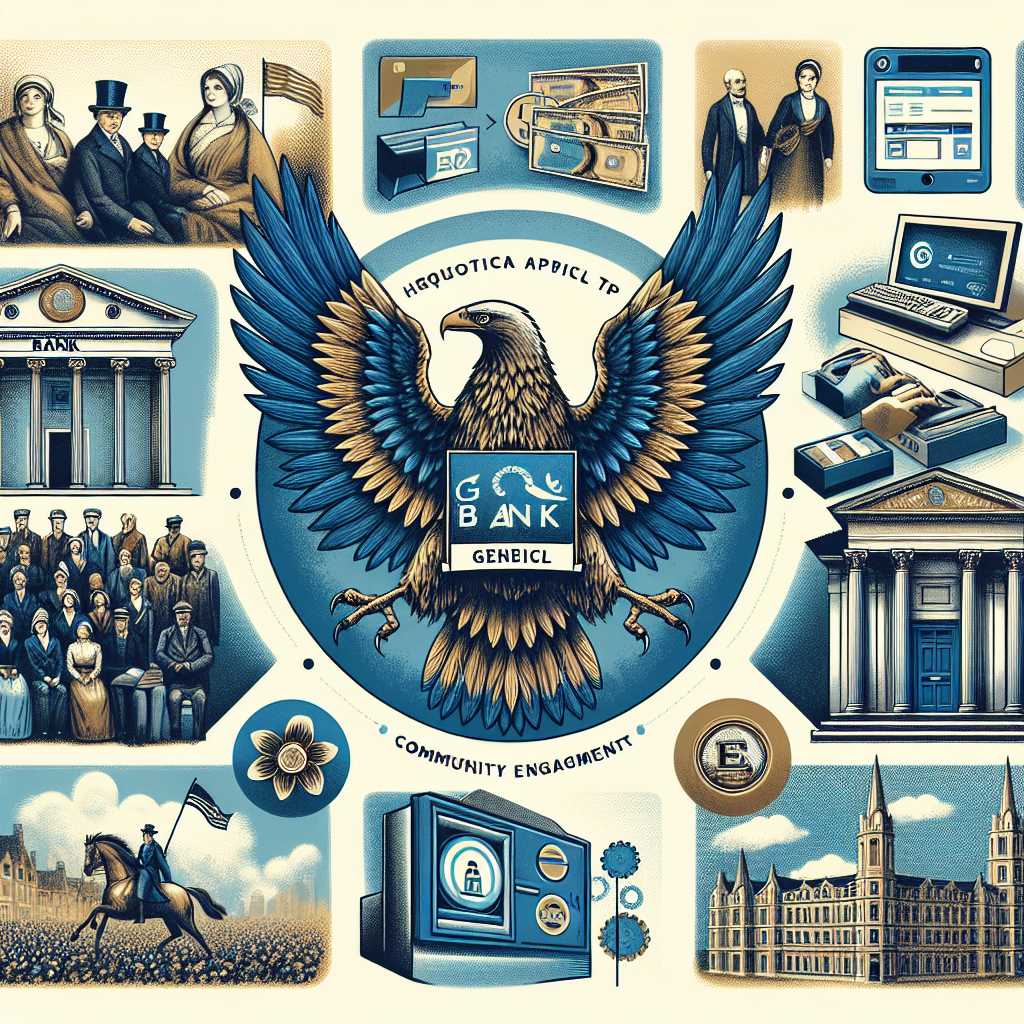Barclays: A Comprehensive Overview of the Global Financial Services Provider
Introduction
Barclays PLC is a renowned British multinational investment bank and financial services company with a rich history stretching over three centuries. Headquartered in London, Barclays operates as a universal bank, offering a range of services from personal banking to investment banking. This article provides an in-depth look at Barclays, exploring its history, operations, financial performance, social responsibility efforts, and the challenges it faces in the global market.
History of Barclays
Barclays has a storied past that began in 1690 when John Freame and Thomas Gould started trading as goldsmith bankers in Lombard Street, London. The name ‘Barclays’ became associated with the company in 1736, when James Barclay, who was married to John Freame’s daughter, joined the partnership. From these early beginnings, Barclays grew organically and through a series of mergers.
During the 20th century, Barclays expanded its reach beyond the UK, establishing operations across the globe. The acquisition of several smaller English banks led to greater national prominence, while international expansion was largely pursued after World War II. Barclays was among the first UK banks to introduce personal banking services and made significant technological advances including the first credit card in the UK and the world’s first cash dispenser.
Global Operations and Services
Barclays’ operations are extensive, with services spanning retail banking, wealth management, commercial banking, consumer credit, and investment banking. It serves millions of customers and businesses worldwide through a network of branches and offices across over 40 countries, particularly in Europe, the Americas, Asia-Pacific, and Africa.
*Personal Banking:* Offering consumers a variety of products such as current accounts, savings accounts, loans, and mortgages.
*Corporate Banking:* Providing businesses with services like loans, payment processing, and risk management.
*Wealth Management:* Tailoring financial strategies for high-net-worth individuals.
*Investment Banking:* Delivering strategic advice and financial solutions to companies and governments.
*Consumer Credit:* Including credit cards and point-of-sale finance services.
Financial Performance and Company Strategy
The financial performance of Barclays reflects its standing as one of the world’s leading banking institutions. The company’s strategic objectives have evolved over time to meet different economic climates and regulatory landscapes. In recent years, Barclays has focused on streamlining its operations by reducing its presence in certain markets to strengthen its core business areas. This trimming process has aimed at improving profitability while maintaining sufficient capital reserves mandated by regulations post-2008 financial crisis.
Social Responsibility and Community Engagement
Barclays is often involved in various community-engagement and socio-economic development programs. It places an emphasis on inclusive finance initiatives, literacy programs, small enterprise support through lending and mentorship, sustainable investment practices, and charitable activities powered by employee volunteering.
Industry Presence and Technological Innovations
In the fiercely competitive world of financial services, Barclays has remained at the forefront of industry by embracing technological innovation as a differentiator. Its notable milestones include deployment of digital banking platforms, investment in blockchain technology research, and partnerships with fintech startups to foster innovative customer solutions.
Future Outlook
Looking toward the future, Barclays aims to further adapt its business model to meet global economic trends – including an increased focus on digital banking due to changing customer behaviors – environmental impact considerations through sustainable finance options – and regulatory changes dictating higher standards for customer experience, data security, anti-money laundering measures expected from major global banks.
Challenges Faced by the Bank
No analysis of Barclays would be complete without acknowledging the challenges it faces. The company has endured reputational damage stemming from historical regulatory fines related to market manipulation controversies such as LIBOR. Additionally, increasing competition brought about by emerging fintech players means that Barclays must continue to innovate without compromising on service excellence or data security.
Notes
Conclusion
In conclusion, Barclays remains a key player within the global financial landscape with deep-rooted history and constant evolution to address market demands. By understanding its historical circumstances, footprint across personal and corporate banking realms, focus on community engagement and continuous innovation amidst complex challenges sets Barclays apart as an institution committed to financing economic advancement while adapting to world changes.
Image Description:
An illustrative collage highlighting different aspects of Barclays bank – including its iconic blue eagle logo at the center; historic images of its early London-based headquarters; modern graphics representing various banking services like online banking interfaces; visuals related to community engagement; alongside images indicating technologies like ATMs and mobile devices indicating their digital advancements.
